Latest

Gigantic cosmic strings may have spawned supermassive black holes and galaxies
Scientists theorize that cosmic strings interacting with dense matter in the early universe provided the seeds for galaxies and black holes.

How flickering lights cause hallucinations in our brains
Scientists have solved a centuries-old mystery that could help develop new forms of non-invasive brain therapy.
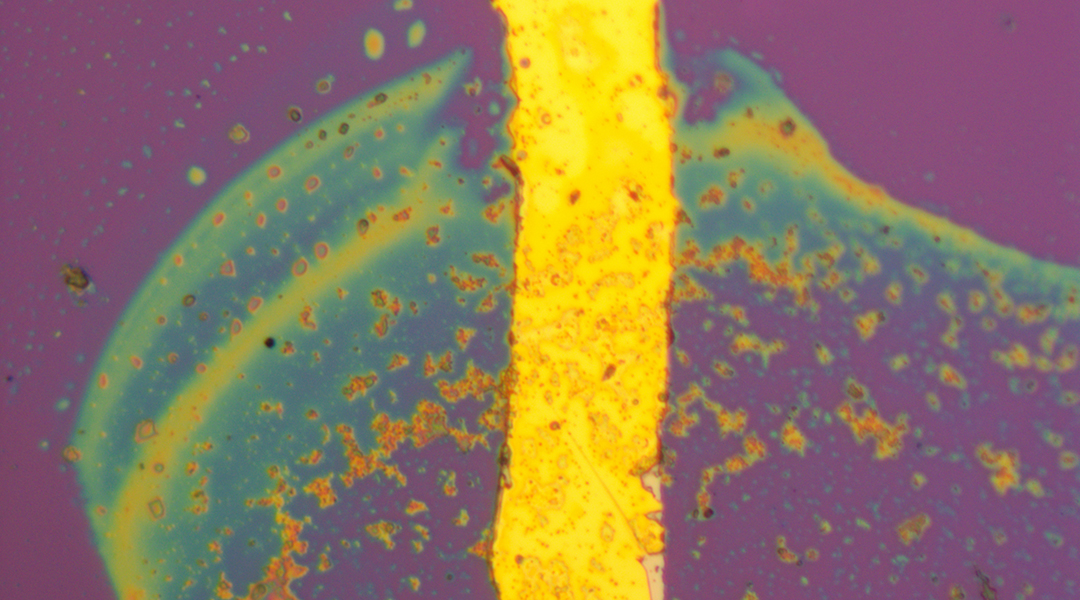
Diamond-based sensors measure temperatures on the nanoscale
Scientists have optimized nanodiamond sensors, with potential breakthroughs in electronics, medicine, and quantum tech.
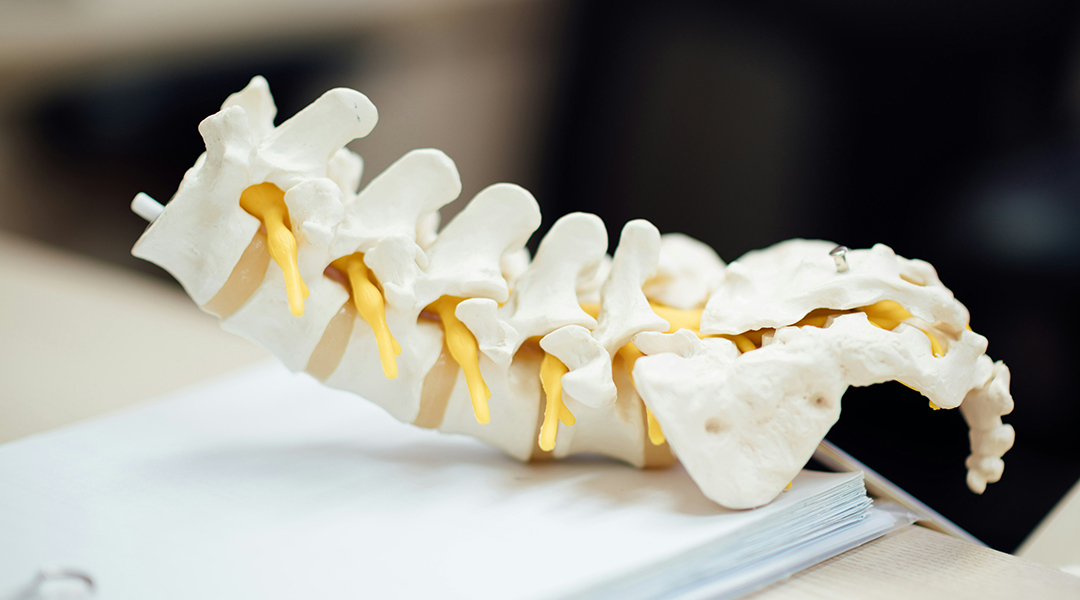
Using 3D printing to treat bone infections
A new biomaterial shows unprecedented success at eliminating bacteria that cause bone infections and promote the regrowth of injured bones.

A Big Ring in the sky challenges modern cosmology
The discovery of colossal structures like the Big Ring is reshaping established theories about the physics of the Universe.

New test could help detect effects of quantum gravity
Gaining an understanding of quantum gravity could help scientists uncover some of the Universe’s deepest mysteries.

Athina Anastasaki: New ways to recycle old polymers
Polymer chemist Athina Anastasaki talks about establishing her career, inroads into polymer recycling, and resilience in academia.
ASN Weekly
Sign up for our weekly newsletter and receive the latest science news directly to your inbox.
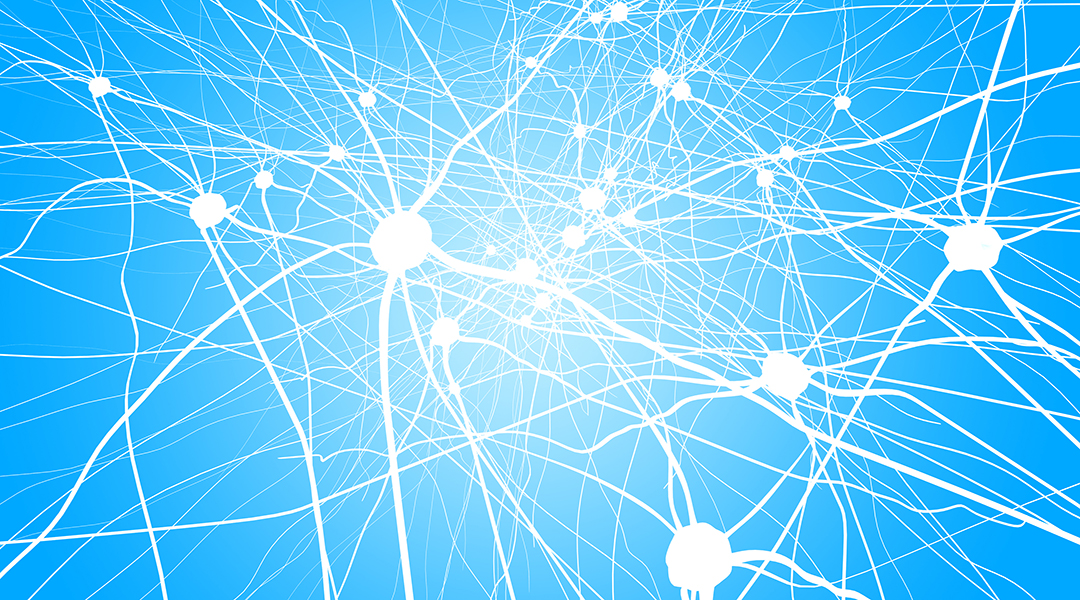
Neuromodulation enabled by light-sensitive nanoparticles
Brains of mice controlled using light-emitting nanoparticles in a proof-of-concept study to show wireless neuromodulation.
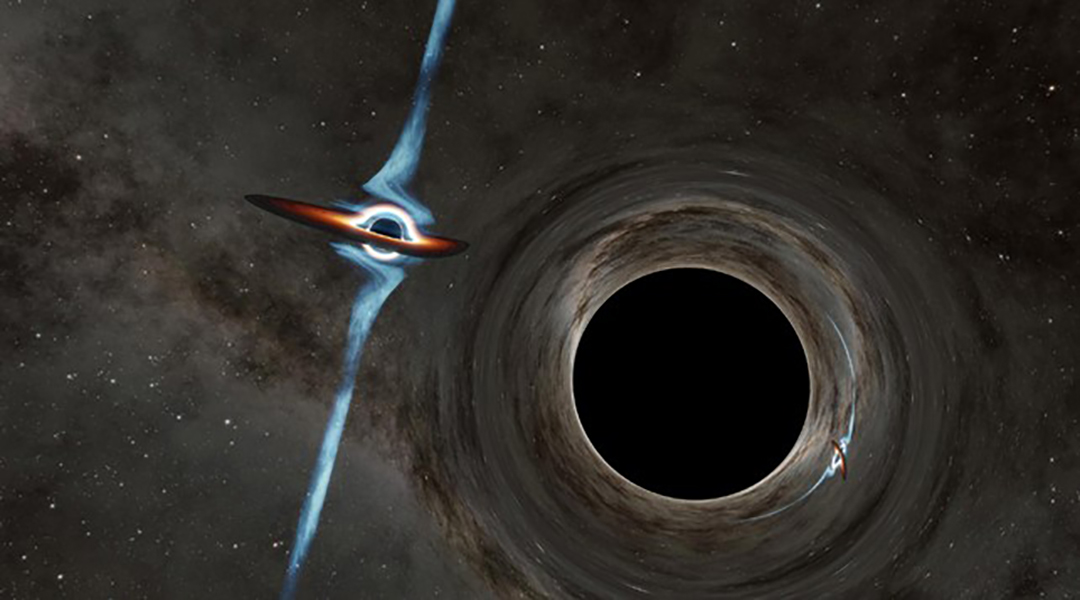
Supermassive black holes on a collision course
45 years worth of radio telescope observations have identified a pair of supermassive black holes at the core of two galaxies set to merge.

Forest restoration benefits depend on location
The long-term benefits of global forest restoration to support biodiversity and ecosystems depends on climate and forest type.
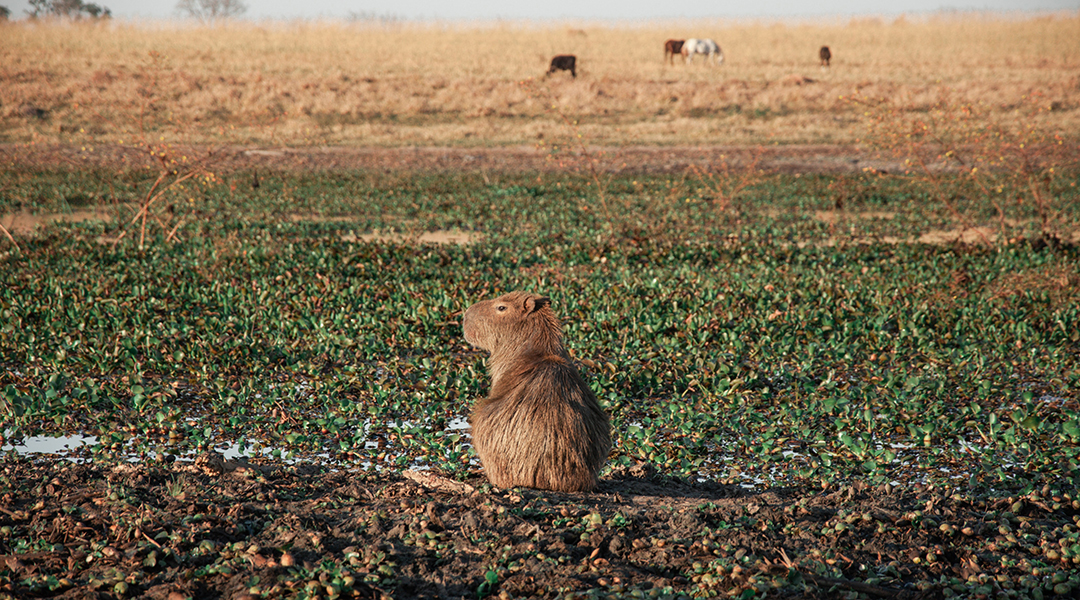
How the capybara could improve biofuels
Unique enzymes found in the gut of sugarcane-eating capybaras could help convert agricultural waste into low-carbon biofuels.

Continual learning, just like humans
An in-memory computing prototype provides a promising solution for edge computing systems to implement continual learning.

Crawling Earthworm robots get a soft polymer boost
The replacement of rigid parts could help robots more closely mimic the humble worm to help them squeeze into tight spots.

Our concept of time changes as we grow
New research suggests that pre-kindergarteners perceive time differently from adults and school-age children.
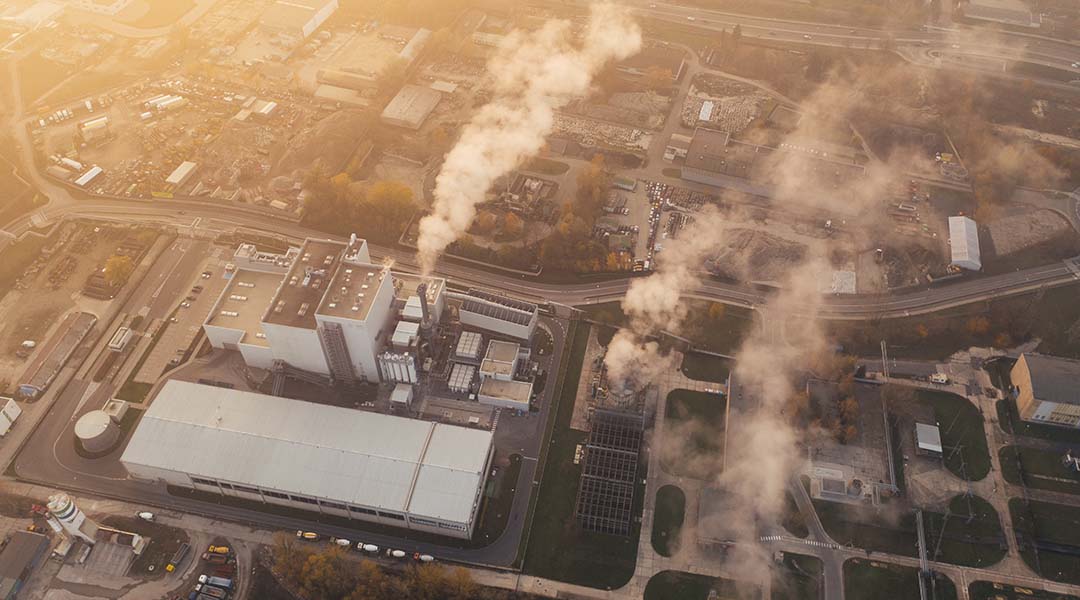
Carbon pricing is not at odds with environmental justice
Carbon pricing has been highly criticized, but designing policies to address concerns can yield outcomes that are effective and equitable.

Could black holes be dark energy?
Astronomers looking at how black holes grow over time may have found the answer to one of the biggest problems in cosmology.
No Results Found
The page you requested could not be found. Try refining your search, or use the navigation above to locate the post.
No Results Found
The page you requested could not be found. Try refining your search, or use the navigation above to locate the post.
No Results Found
The page you requested could not be found. Try refining your search, or use the navigation above to locate the post.
No Results Found
The page you requested could not be found. Try refining your search, or use the navigation above to locate the post.
No Results Found
The page you requested could not be found. Try refining your search, or use the navigation above to locate the post.
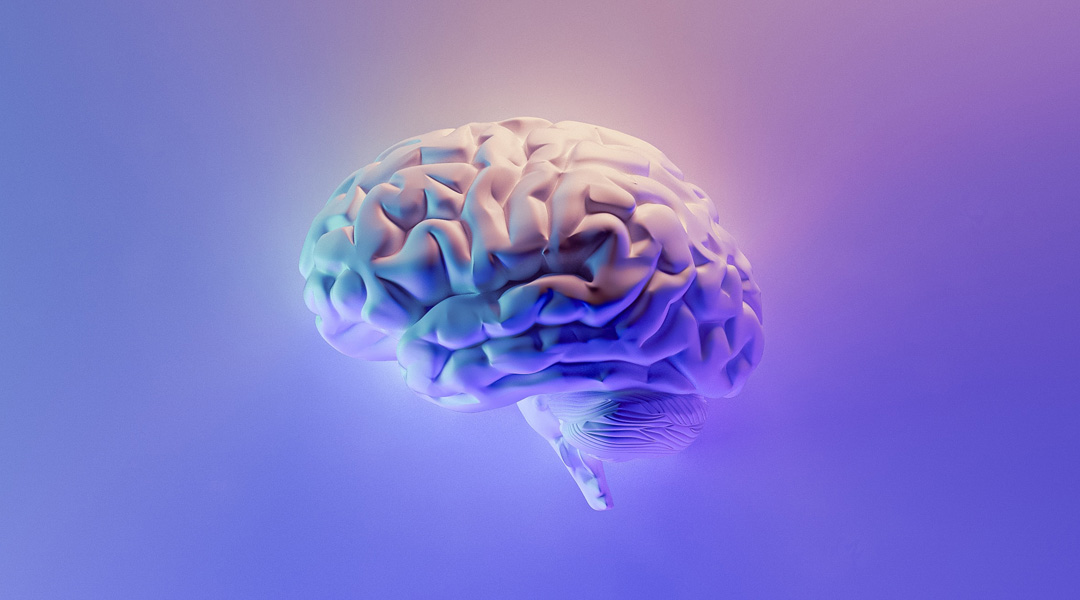
3D bioprinting to unveil the secrets of the brain
When building a functional model of the brain, it’s crucial to think about more than just neurons.
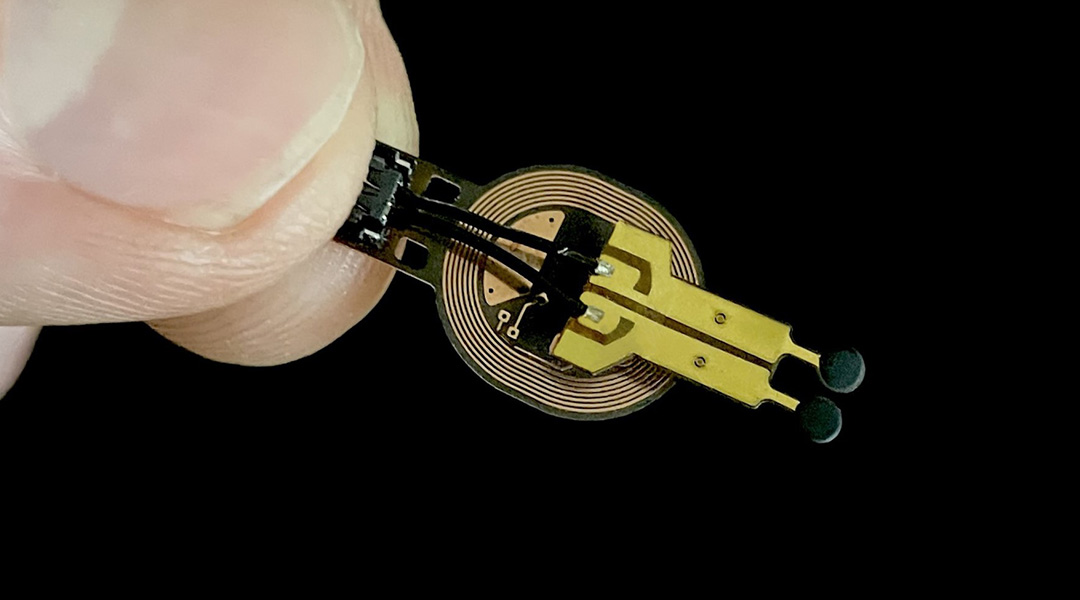
Predicting wound healing with a wound-integrated miniaturized sensor
Scientists develop a sensor that predicts wound healing rate with more than 70% accuracy.
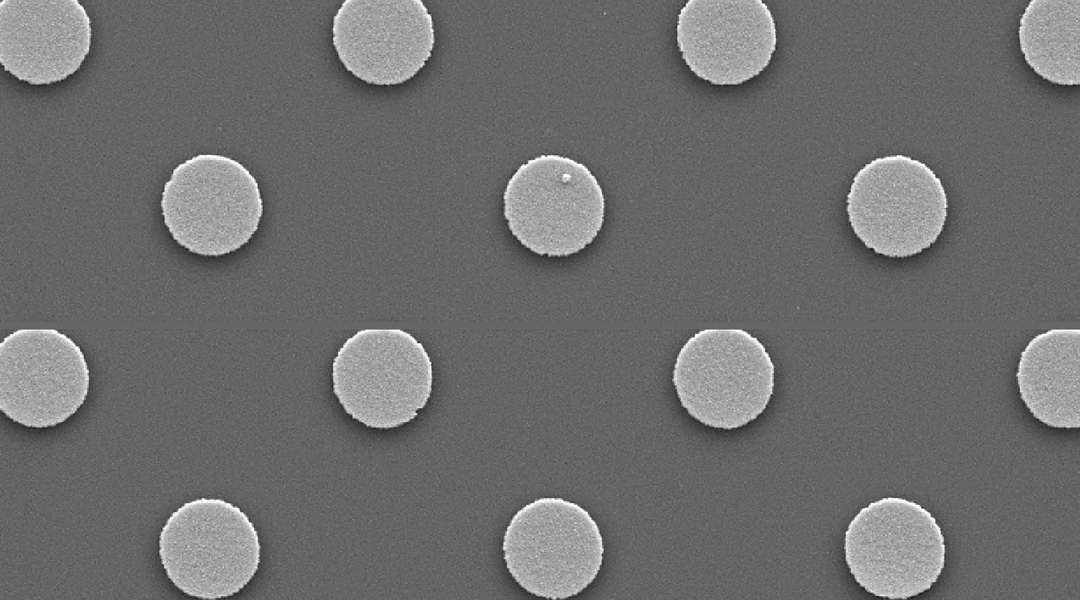
Artificial muscle noninvasively promotes insulin production
A membrane embedded with magnetic microdisks mechanically stimulates pancreatic cells to produce insulin, which could help treat diabetes.

Scientists test the link between tiny subconscious gestures and stress
Capable of measuring stress through micro gestures “EmoSense” could find its way to wearable electronics in the future.

Using light to power wireless brain-like computers
An optical device uses light-based signals for computation and communication and is a vital step toward advanced neuromorphic computers.

Low-cost contact lenses to tackle color blindness
Scientists used 3D printing and an inexpensive ink to make colored contact lenses that could improve color distinction in color-blind people.
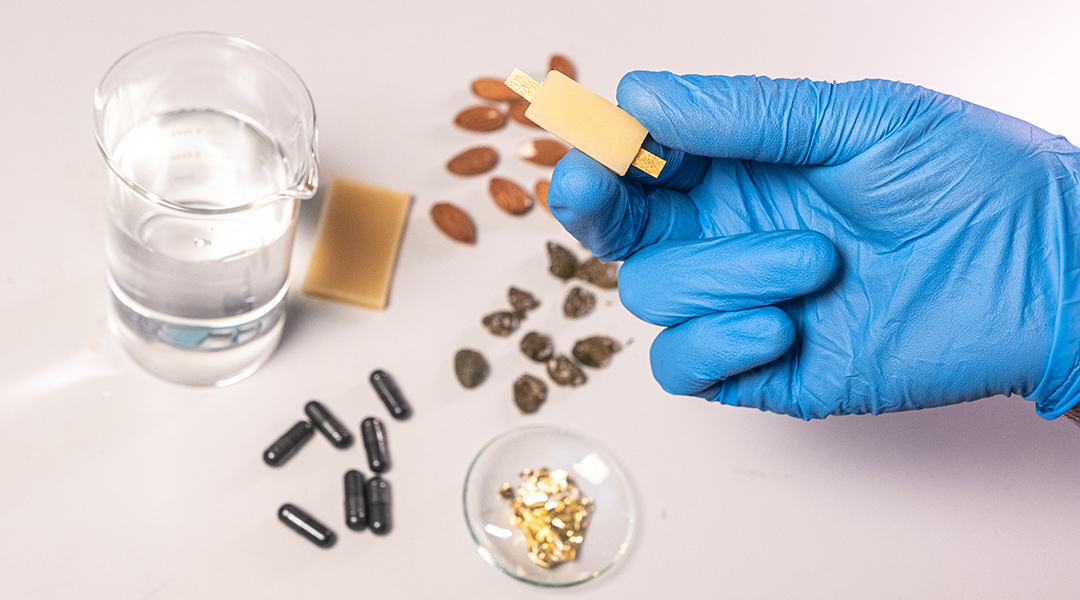
A battery made from food makes edible electronics palatable
An edible and rechargeable battery to power devices used for GI tract monitoring, therapeutics, and analyzing food quality.
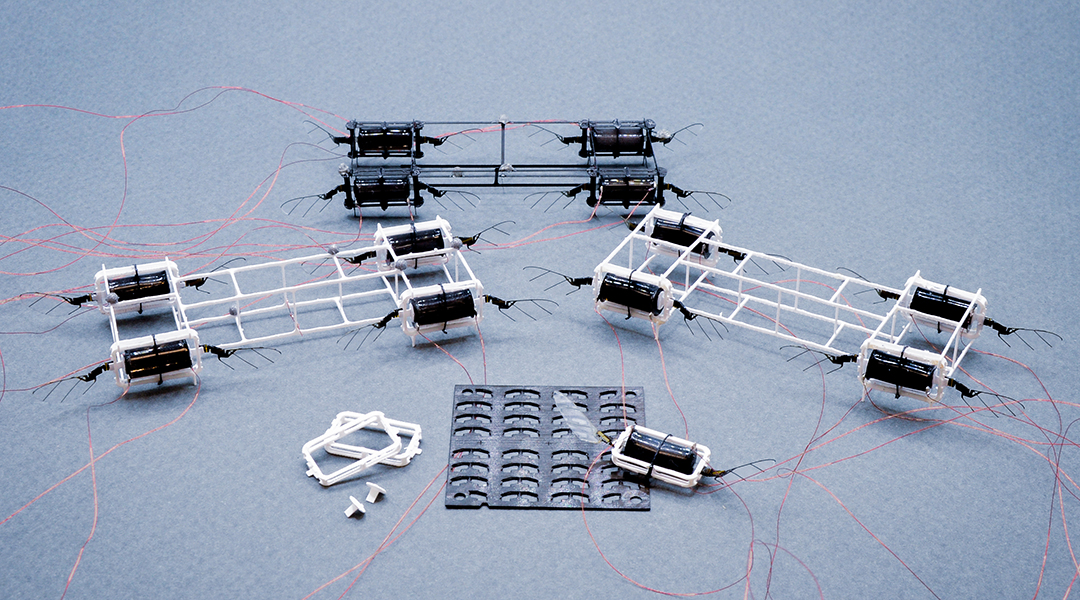
Robotic insects that fly in teams to lift objects
To make swarms of honeybee-sized robots, researchers propose new design and fabrication methods to cut down on time and resources.
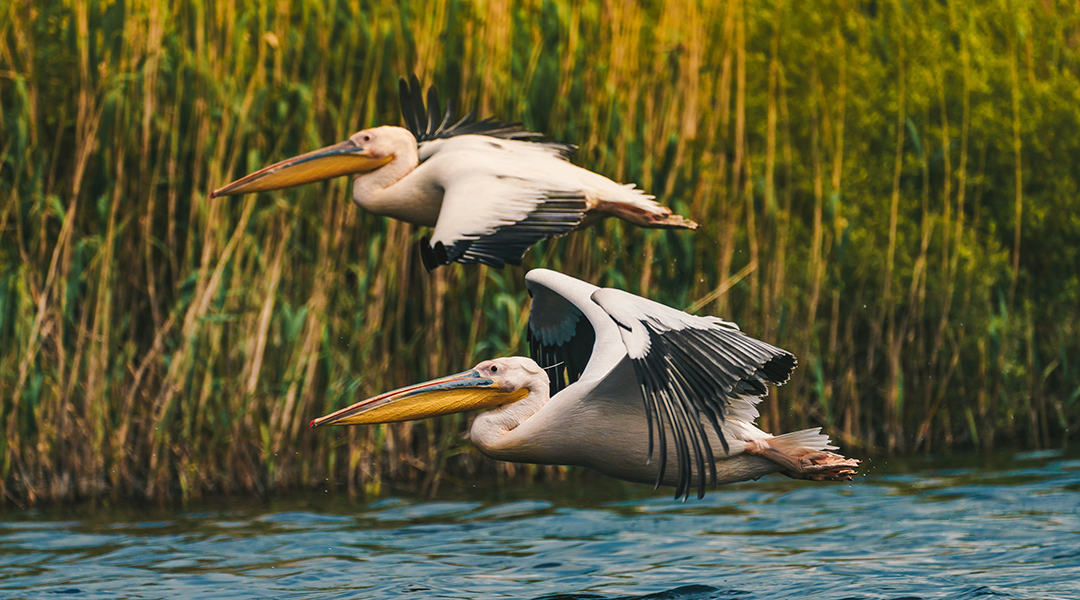
Colorful ventral wings help birds avoid mid-flight collisions
The colorful markings on birds’ wings act as signals to help them avoid perilously crashing into one another when flying in large groups.
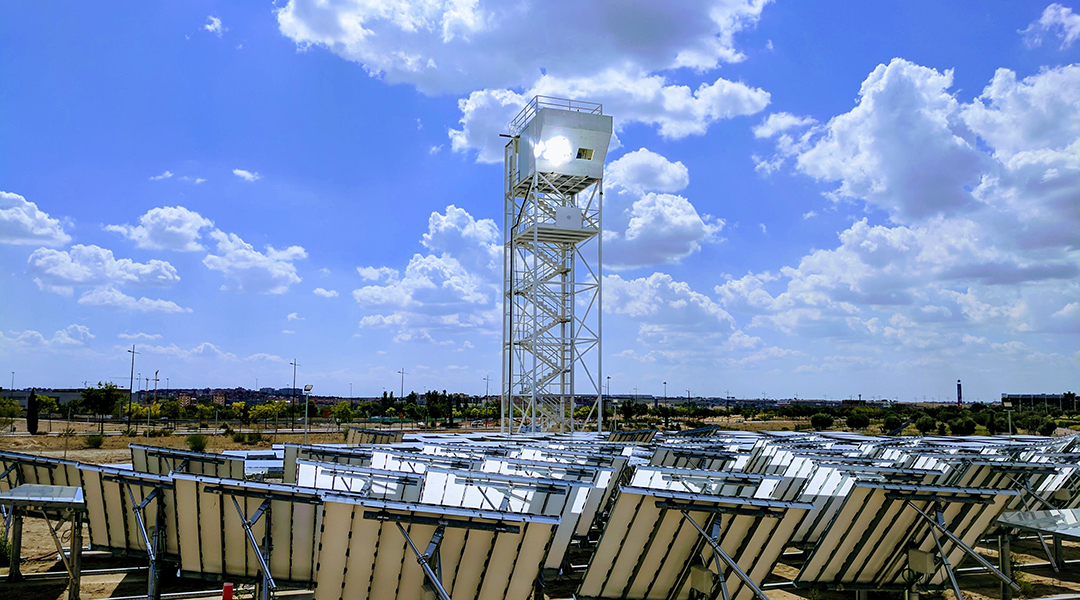
Solar kerosene: One giant leap for humankind
The production of kerosene directly from carbon dioxide and water promises to be a game-changer in the energy field.
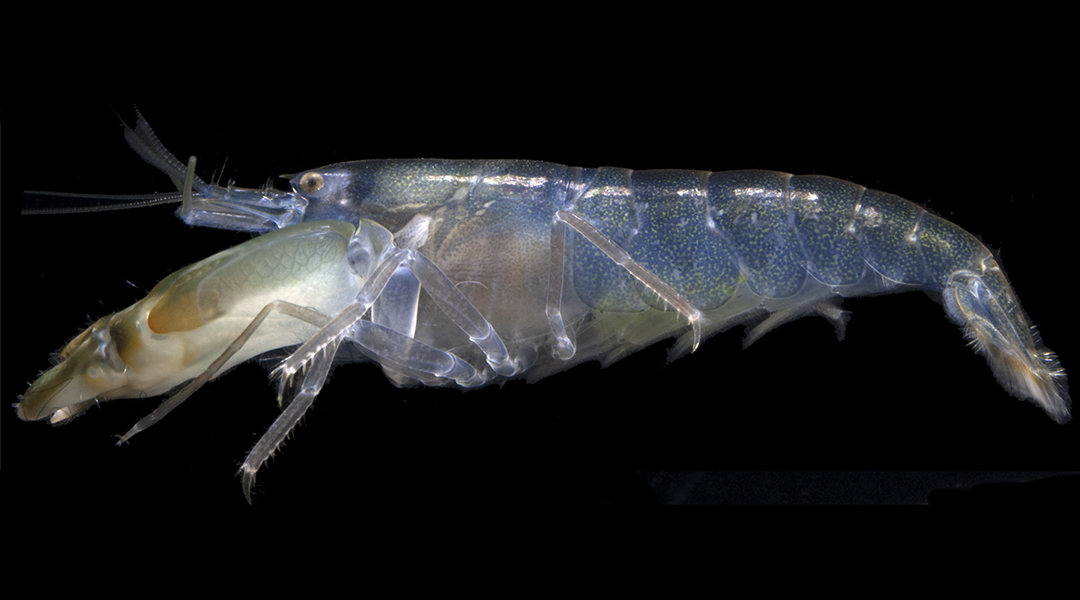
Helmet-like hood protects snapping shrimp from their own shock waves
A natural orbital hood found in snapping shrimp deflects energy from shock waves they produce to kill prey and fight for territory.

Facing the risks climate talks pose to meaningful change
For many, the Paris Agreement was a breakthrough, yet its focus on cooperation and joint action is not enough to tackle the climate crisis.
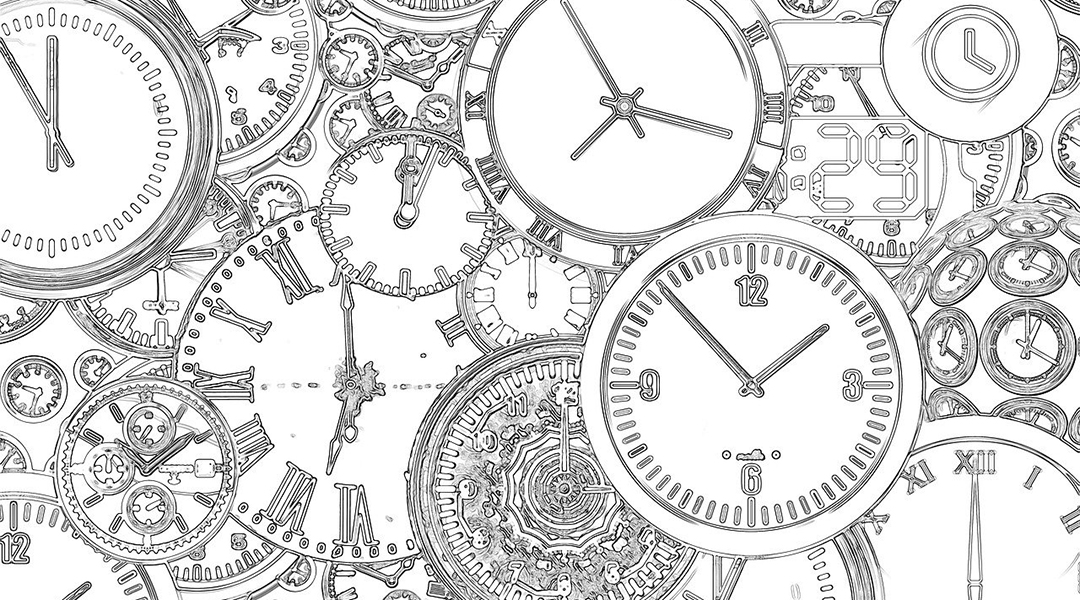
Building ultra-precise clocks thanks to quantum entanglement
Scientists use quantum entanglement to compare two atomic clocks achieving what might be the ultimate precision possible.

Automation enables modular synthesis of new molecules for lasers
An automated synthesis platform called Chemspeed reduces time and labor when searching for organic molecules as gain mediums in lasers.
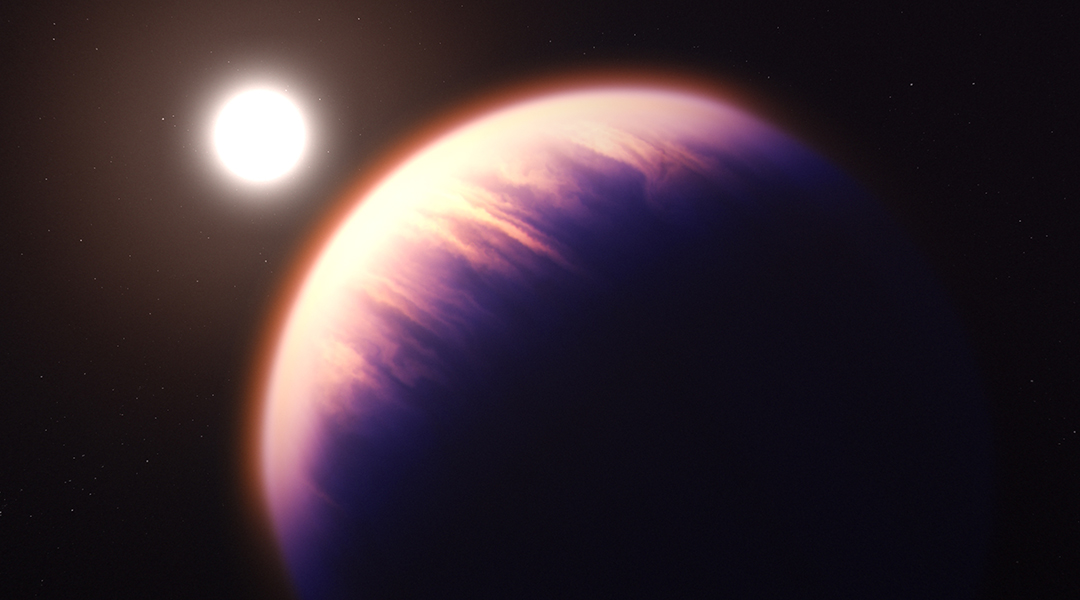
JWST provides unprecedented look at exoplanet WASP-39b
New observations of WASP-39b with the JWST has provided the clearest, most detailed picture of an exoplanet to date.

Evolution of the Universe simulated in a lab
Using the motion of sound waves through a superfluid liquid, scientists can model the Universe’s evolution on a reasonable time scale.



